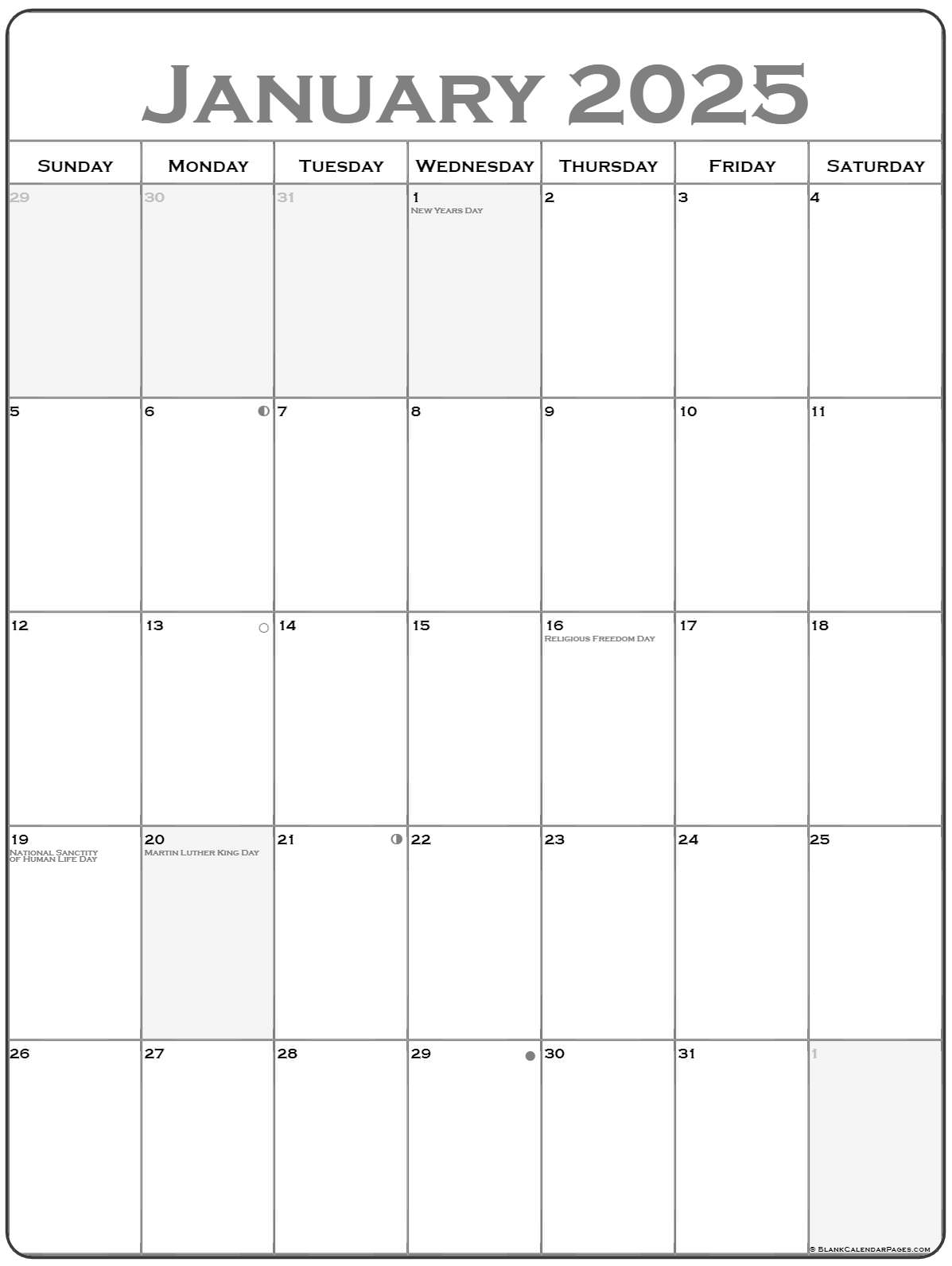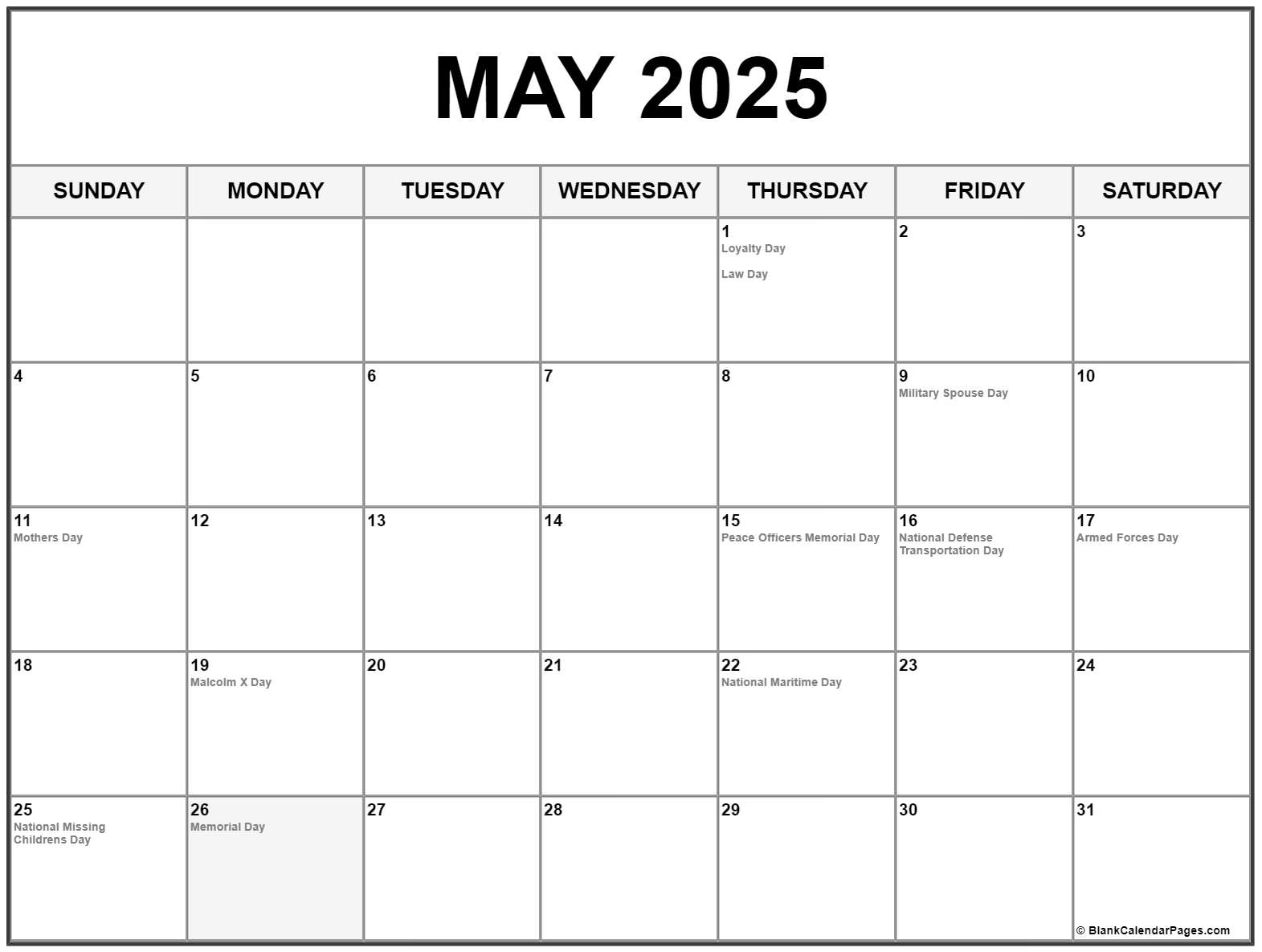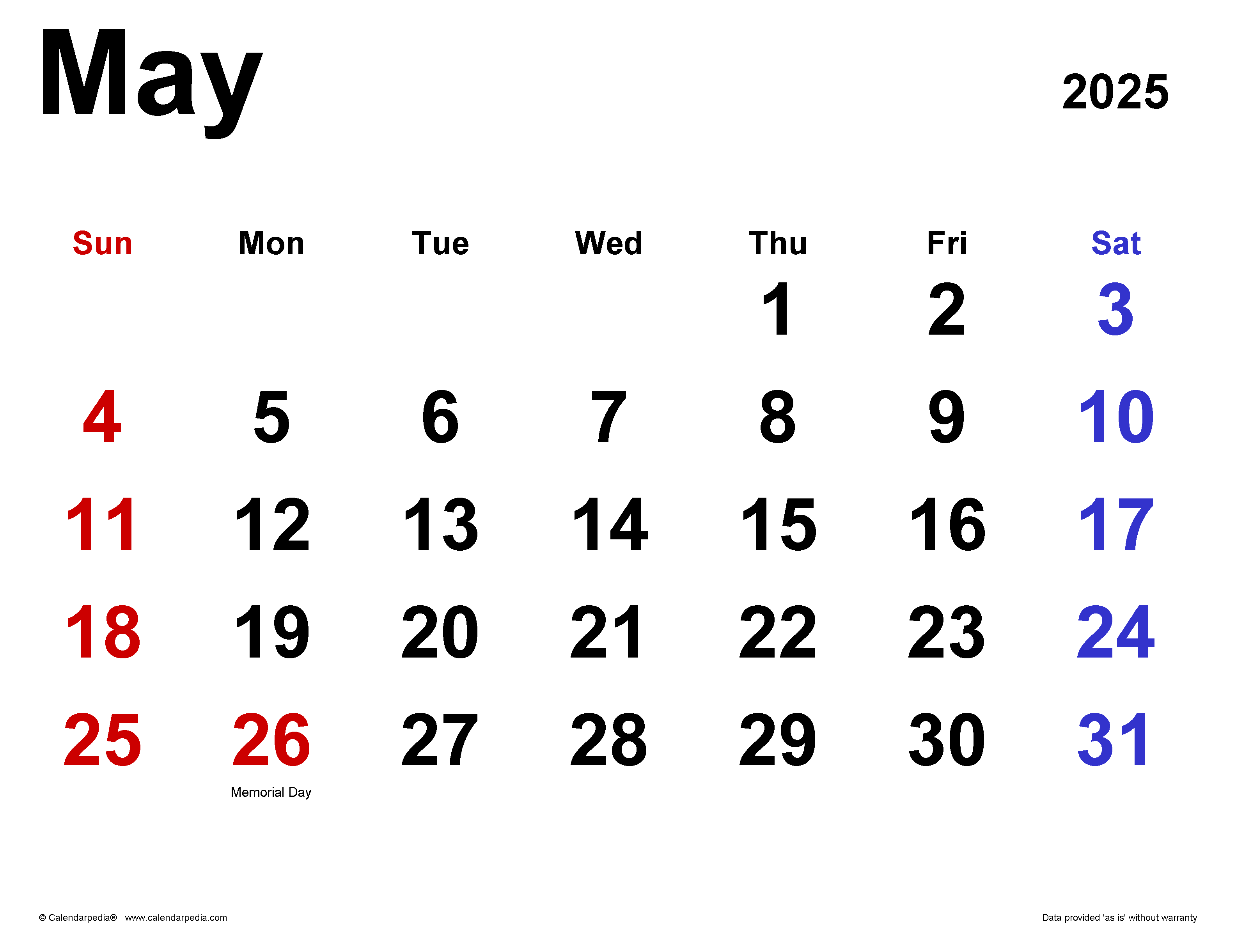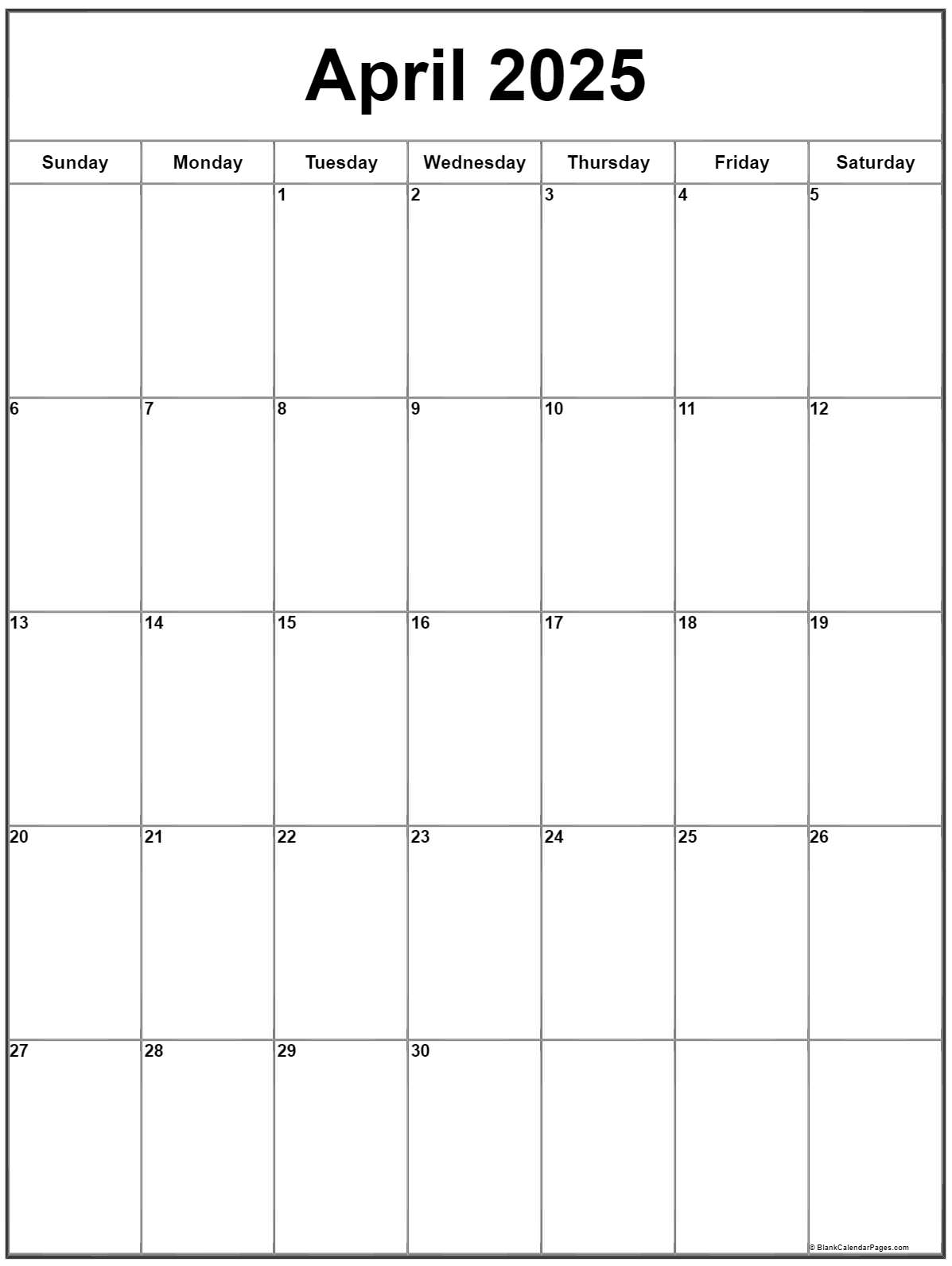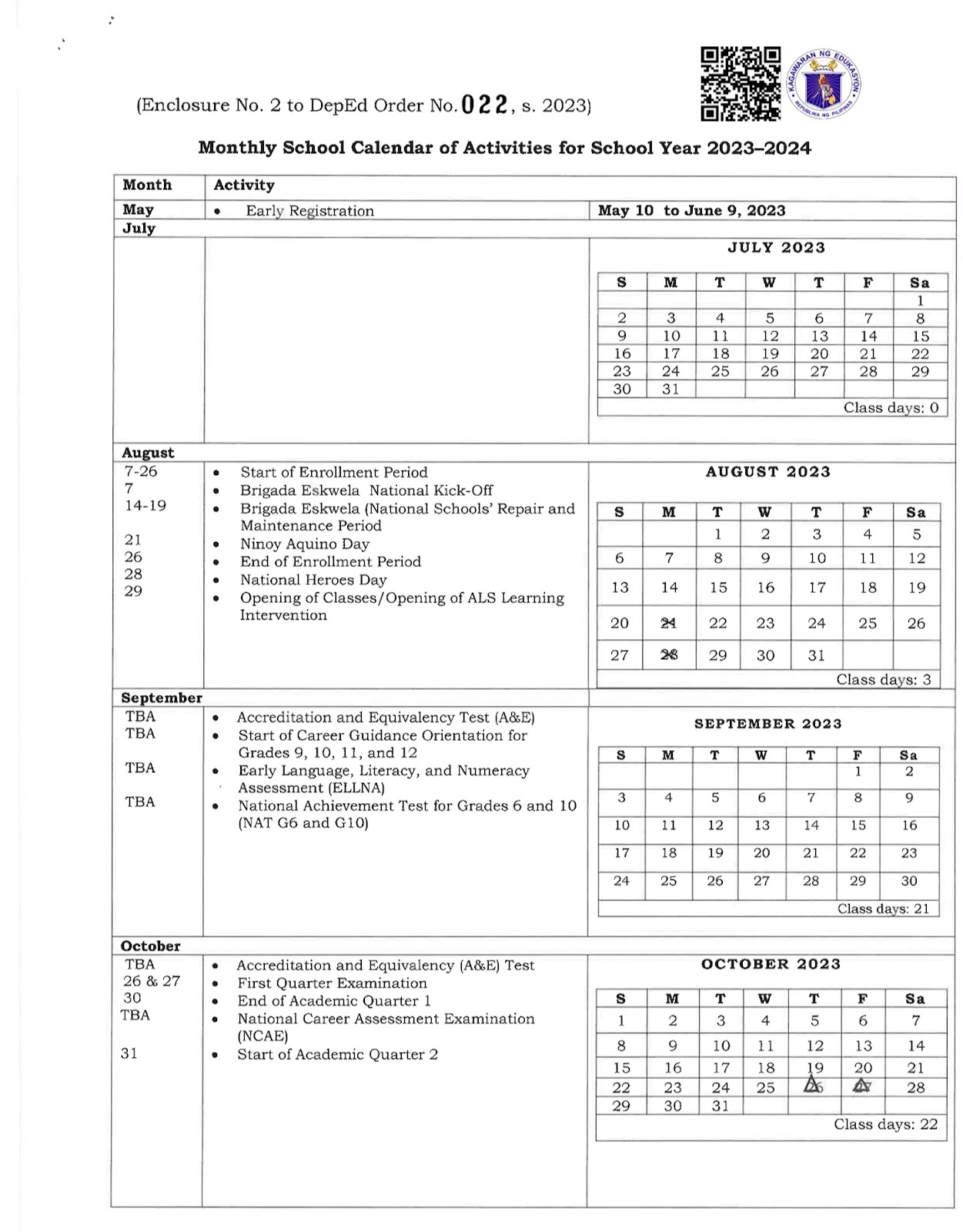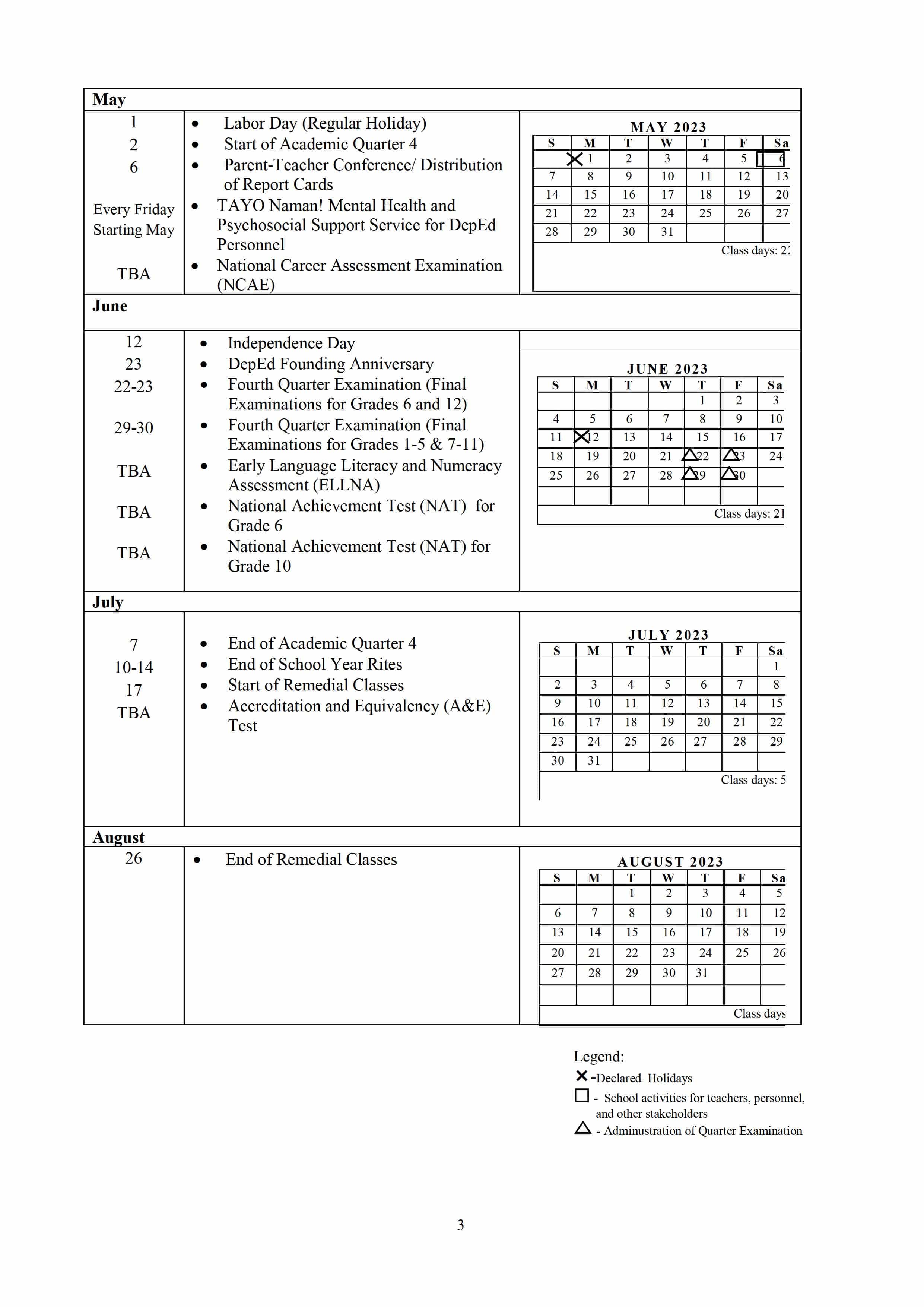Should May 2025 Calendar Be Updated
The May 2025 Calendar Conundrum: A Necessary Update or a Waste of Resources?
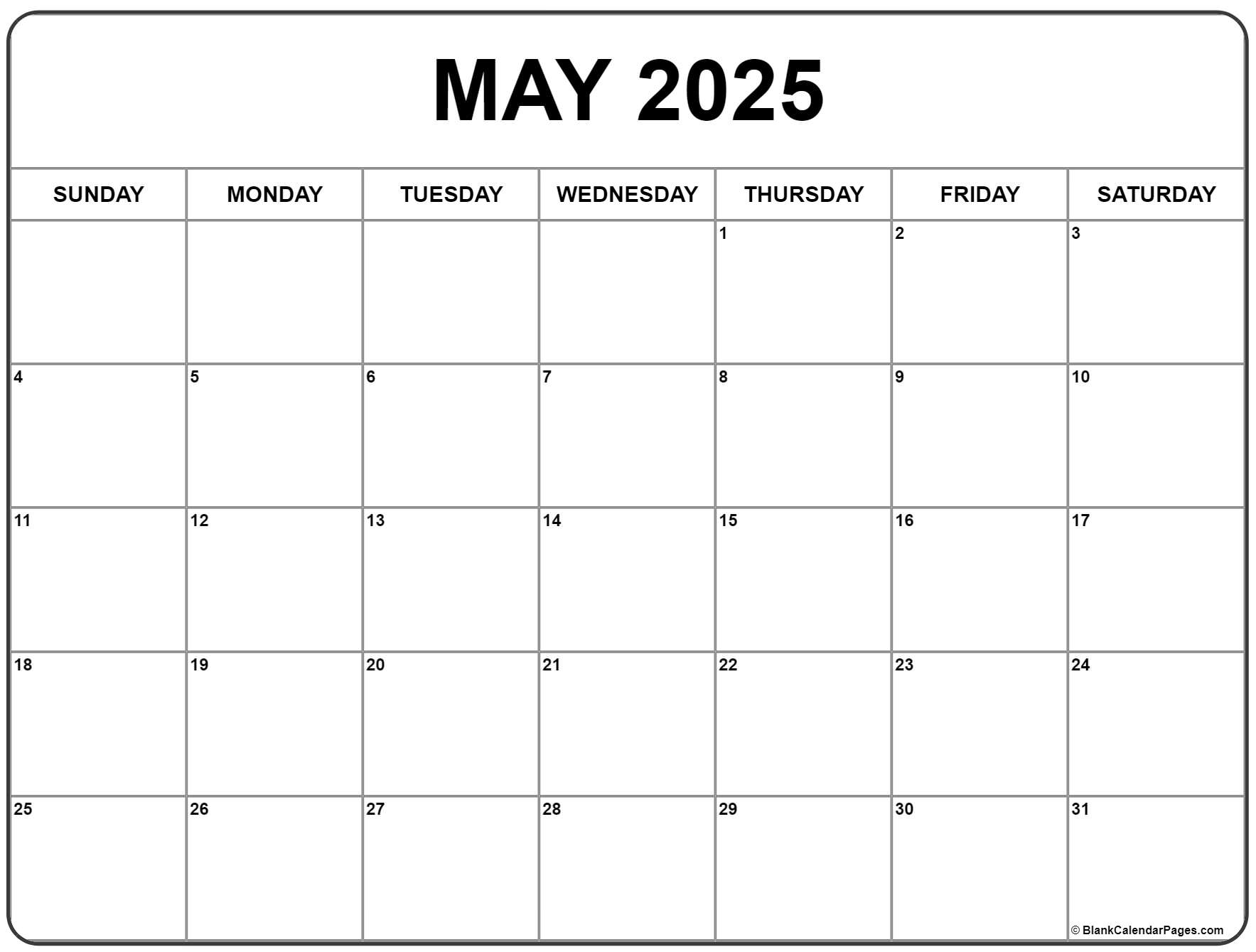
The seemingly innocuous act of updating a calendar for the year 2025 might seem trivial. However, the question of whether a May 2025 calendar needs updating, especially given the digital age, sparks a fascinating debate that touches upon resource management, technological advancements, and the evolving relationship between physical and digital tools. This article will delve into the various facets of this debate, exploring the arguments for and against updating May 2025 calendars and considering the broader implications.
The Case for Updating: Maintaining Accuracy and Functionality
The primary argument for updating the May 2025 calendar rests on its fundamental purpose: providing accurate information about dates and days of the week. While many might scoff at the idea of needing a physical calendar in 2024 for an event two years hence, there are several compelling reasons why an updated calendar might be beneficial:
-
Planning and Organization: Many individuals and organizations rely on physical calendars for planning long-term projects, events, and appointments. Whether it’s a family planning a vacation, a business scheduling a product launch, or a school organizing its academic year, a physical calendar provides a tangible and readily accessible record. Having an accurate calendar well in advance allows for better preparation and coordination.
-
Accessibility and Reliability: While digital calendars are ubiquitous, they are not universally accessible. Power outages, technological glitches, and a lack of digital literacy can hinder the use of digital calendars. A physical calendar serves as a reliable backup, ensuring that crucial dates remain visible and accessible regardless of technological issues.
-
Visual Aid and Memory Retention: Studies suggest that writing down information enhances memory retention. The act of physically marking events on a calendar can improve recall and reduce the likelihood of forgetting important dates. This is particularly relevant for events scheduled far in advance, such as conferences, weddings, or family gatherings.
-
Specialized Needs: Certain professions and industries, such as healthcare, education, and law enforcement, often rely on physical calendars for scheduling and record-keeping. These calendars often require specific layouts and functionalities that may not be easily replicated in digital formats. For these professions, the availability of a pre-printed, accurate calendar is crucial.
-
Aesthetic and Sentimental Value: Many people appreciate the aesthetic appeal of a well-designed calendar. The visual representation of the year, with its months and days, can be both satisfying and inspiring. Some individuals also collect calendars, assigning sentimental value to them based on their design, artwork, or themes.
The Case Against Updating: The Rise of Digital Calendars and Resource Conservation
The counterargument to updating May 2025 calendars centers on the growing prevalence of digital calendars and the increasing awareness of environmental concerns:
-
Digital Dominance: The widespread adoption of smartphones, tablets, and computers has made digital calendars the preferred method of scheduling for most people. These digital tools offer superior flexibility, allowing for easy modification, sharing, and integration with other applications. The need for physical calendars has significantly diminished for many.
-
Environmental Impact: The production and distribution of physical calendars contribute to environmental waste. The use of paper, ink, and energy in the manufacturing process has a carbon footprint. Opting for digital calendars reduces this environmental impact, promoting a more sustainable approach to time management.
-
Cost-Effectiveness: Producing and distributing physical calendars involves significant costs. These costs can be avoided by relying solely on digital calendars, making it a more economically efficient option for individuals and organizations.
-
Redundancy: The information contained in a May 2025 calendar is readily available through numerous digital sources. Creating and distributing a physical calendar for this information might be considered redundant in the face of readily accessible digital alternatives.
-
Technological Advancements: The ongoing development of smart calendars and scheduling applications continues to enhance their functionality and user-friendliness. These advancements further reduce the reliance on physical calendars, rendering them increasingly obsolete for many.
A Balanced Perspective: The Future of Calendars
The debate over updating the May 2025 calendar highlights the ongoing tension between traditional methods and modern technological advancements. A balanced perspective recognizes the merits of both physical and digital calendars, suggesting a hybrid approach rather than a complete dismissal of either.
The future of calendars likely lies in a synergistic relationship between physical and digital formats. While digital calendars are becoming increasingly dominant, physical calendars will continue to serve a niche market for those who value their tangible benefits. The key lies in finding a sustainable balance that minimizes waste while catering to diverse needs and preferences.
This could involve:
-
On-demand printing: Printing calendars only when needed, reducing the risk of unsold inventory and minimizing environmental impact.
-
Sustainable materials: Utilizing recycled paper and eco-friendly inks in the production of physical calendars.
-
Digital integration: Incorporating QR codes or other digital links in physical calendars to provide access to supplementary information or online scheduling tools.
-
Targeted marketing: Focusing the production and distribution of physical calendars on those sectors and individuals who still rely heavily on them for their work or personal needs.
Ultimately, the decision of whether to update a May 2025 calendar is a personal one, dependent on individual needs, preferences, and environmental consciousness. However, by considering the arguments presented in this article, individuals and organizations can make informed choices that align with their values and priorities, fostering a sustainable and efficient approach to time management in the digital age. The question isn’t whether physical calendars will disappear entirely, but rather how they can evolve and adapt to coexist harmoniously with their digital counterparts.
